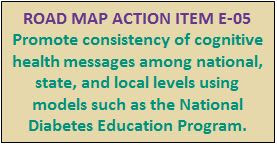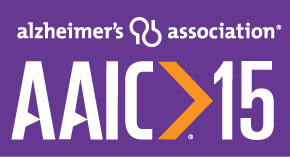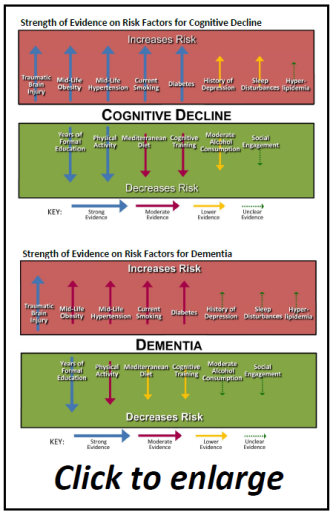Get Ready for Generation Alzheimer’s
This weekend, researchers from around the world began gathering in Washington, DC, for the 2015 Alzheimer’s Association International Conference (AAIC). And this morning’s wake-up call was loud and clear: what has long been known as the Baby Boom Generation is on the verge of becoming “Generation Alzheimer’s.”
A new study presented at AAIC this morning estimates that more than 28 million Baby Boomers will develop Alzheimer’s disease between 2015 and 2050, significantly higher than previous projections made nearly a decade ago. Of all Baby Boomers, 37 percent will develop the disease before they die. And, in 2050, among those Boomers alive (they will be ages 86 to 104), over half will be living with Alzheimer’s. The large prevalence combined with the high costs of caring for those with the disease will place an enormous burden on the health and long-term care systems. For example, the new study estimates that in 2040, nearly one-quarter of the Medicare budget will be spent just on Baby Boomers with Alzheimer’s disease.
For public health, it is time to ask: will we as a nation be ready? Will we have enough capacity in the long-term care system? Are we developing enough home- and community-based support services? Is enough being done to educate Americans about reducing the risk of cognitive decline? The oldest Baby Boomers turn 70 next year. It is not too early to begin preparing for the very-near day when the Baby Boom Generation becomes Generation Alzheimer’s.
Here at AAIC, not only have we learned new information on the prevalence of Alzheimer’s among Baby Boomers, we also heard the results of the first epidemiological study of dementia incidence among American Indians. Over a 14-year period, cumulative incidence of diagnosed dementia among American Indians was 26.9 percent – 15 percent higher than whites in the study group. Those with certain co-morbid conditions that are suspected risk factors for dementia had higher incidence rates. For example, those with depression were 58 percent more likely to develop dementia; those who had a stroke were 48 percent more likely; and those with diabetes were 24 percent more likely. These associations are consistent with findings from other studies and point to an avenue of opportunity for public health to address cognitive issues as part of existing and ongoing efforts related to multiple chronic conditions.
Could you one day spit and find out if you are at risk of developing Alzheimer’s disease? Maybe, according to a new study from Canada, which found that an excess of certain proteins in saliva may be a strong predictor of Alzheimer’s. Protein analysis technology was used to identify which substances in saliva were predominant in those with Alzheimer’s disease, those with mild cognitive impairment (MCI), and those with neither condition. Researchers reported strong associations between certain substances and a person’s cognitive abilities. Currently, many diagnosis techniques can be costly or invasive. But, saliva is easy to obtain, making it particularly useful for performing repeated assessments that span days, weeks, months, or longer. As lead investigator Shraddha Sapkota said, “Saliva is easily obtained, safe and affordable, and has promising potential for predicting and tracking cognitive decline.” Sapkota noted, however, that this work is in the very early stages and much more research is needed.
AAIC continues through Thursday.
About the Alzheimer’s Association International Conference (AAIC) AAIC is the world’s largest conference of its kind. Each year, thousands of researchers from around the world gather to report and discuss groundbreaking research and information on the cause, diagnosis, and treatment of Alzheimer’s disease and other dementias. Each year, the Public Health sessions at AAIC offer the opportunity to hear the latest research on Alzheimer’s disease prevention, risk factors for cognitive decline, epidemiology, and early detection. For more information, visit
alz.org/aaic.
The Alzheimer’s Public Health E-News is supported by Cooperative Agreement #5U58DP002945-05 from the Centers for Disease Control and Prevention (CDC). Its contents are solely the responsibility of the Alzheimer’s Association and do not necessarily represent the official views of the CDC.





